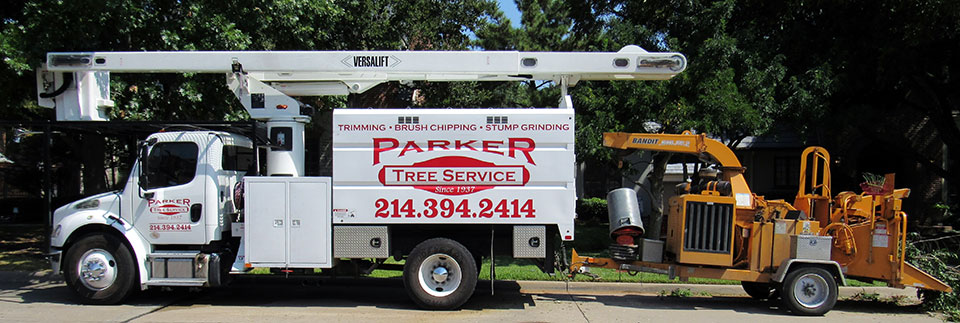Q. What happens with a tree that is removed.
A. Typically the tree and all debris is completely removed from the property. Upon customer request, we cut the branches into firewood and leave for the owner. Since the time required to cut the tree into firewood is the same as removal, we do not charge extra.
Q. Why did my tree fall?
A. There are a number of reasons why a tree falls, and usually a combination of factors: wind (learn about windsail), soil conditions, excess weight in branches, prior damage or disease, age of the tree, and/or lack of proper tree maintenance, to name a few.
Q. Is my yard gong to be a mess when you’re done?
A. No. And this is a big difference between us and the other guys. We specialize in Zero-Impact Tree Removals. We’re constantly complimented on our cleanups. Please see our references.
Q. What’s the difference between tree trimming, pruning, and reduction?
A. There’s some overlap, but basically trimming (or thinning) refers to removal of excess branches and deadwood, pruning (or fine-pruning) goes further with selective cutting, shaping, and guiding the tree how to grow, and reduction is often the term used when shortening a tree.
Q. What are your payment methods?
A. We accept cash, check, visa, and mastercard. Payment is expected at time of service unless otherwise pre-arranged.
Q. Should I have mulch rings around my trees?
A. Yes, 2-4″ of mulch (such as bark, pine needles, or wood chips) around the tree discourages weeds, conserves moisture, reduces runoff, and increases soil’s water-holding capacity. A mulch ring also means less grass is competing with tree roots for water and nutrients. Mulches also can add aesthetic value while protecting the tree base from injury by lawn equipment.
Q. Why should my trees be pruned?
A. In nature (a forest, for example) trees grow straight up, as they compete for sunlight. But around your home or business, the more open space allows trees to grown any way they want, developing large, low branches which spread out to form much broader trees, increasing the likelihood of heavy and hazardous limbs.
Q. Why so much emphasis on tree maintenance?
A. It’s not just about looks. Proper maintenance can enhance property values up to 25% (especially mature trees). Trees act as wind breaks and sunscreens, letting you live more comfortably and reducing winter heating and summer cooling bills. Trees provide oxygen and reduce air pollution. They also reduce noise pollution as natural sound barriers. Studies show trees also have beneficial psychological effects on humans by decreasing stress, inspiring minds and breaking emotional barriers.
Q. When should I start pruning a tree?
A. As soon as it’s planted, make sure that dead and broken branches are removed. In a year or so, once the tree is established, watch for a central trunk or leader (or well-spaced multiple trunks or leaders). Help these develop by trimming off competing stems and thinning out branches that compete with the selected leaders. Pruning young trees prevents bigger, expensive tree problems later on
Q. Do you use pruning paint to seal the cuts?
A. No. Applying tree wound dressing to fresh cuts is no longer done, since it encourages microorganisms and does nothing to prevent infection or decay, as originally believed.
Q. Should I have my tree topped?
A. No. Topping, dehorning, or pollarding a tree, essentially slicing off the top crown, is not a sound arboricultural practice and can severely deform and damage the tree, and lead to tree disease.
Q. When pruning, how much do I cut?
A. Don’t go overboard, gutting out or “lion’s taling” the tree. Those interior branches do perform biological functions. The US Forest Service provides this excellent guide to tree pruning.

